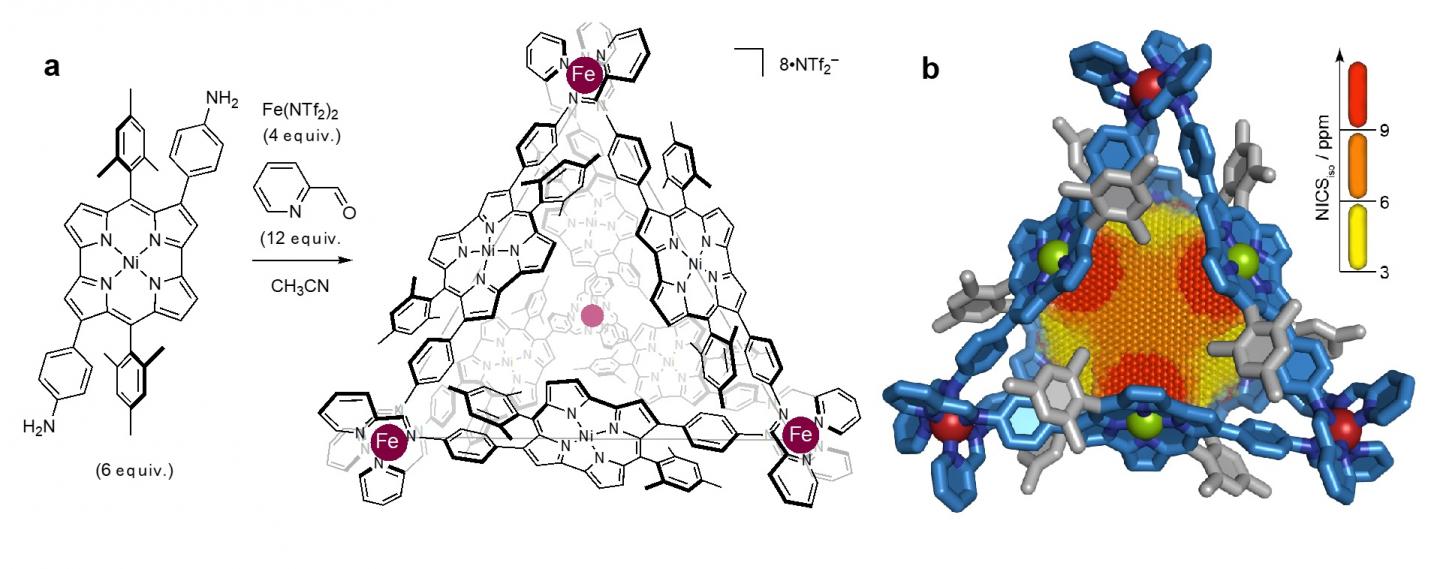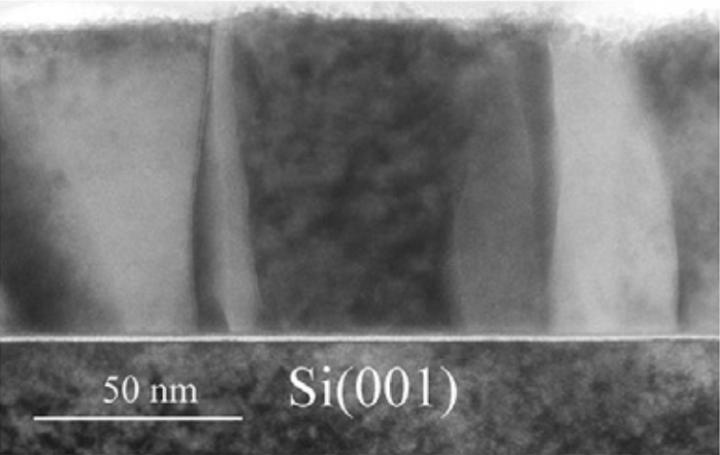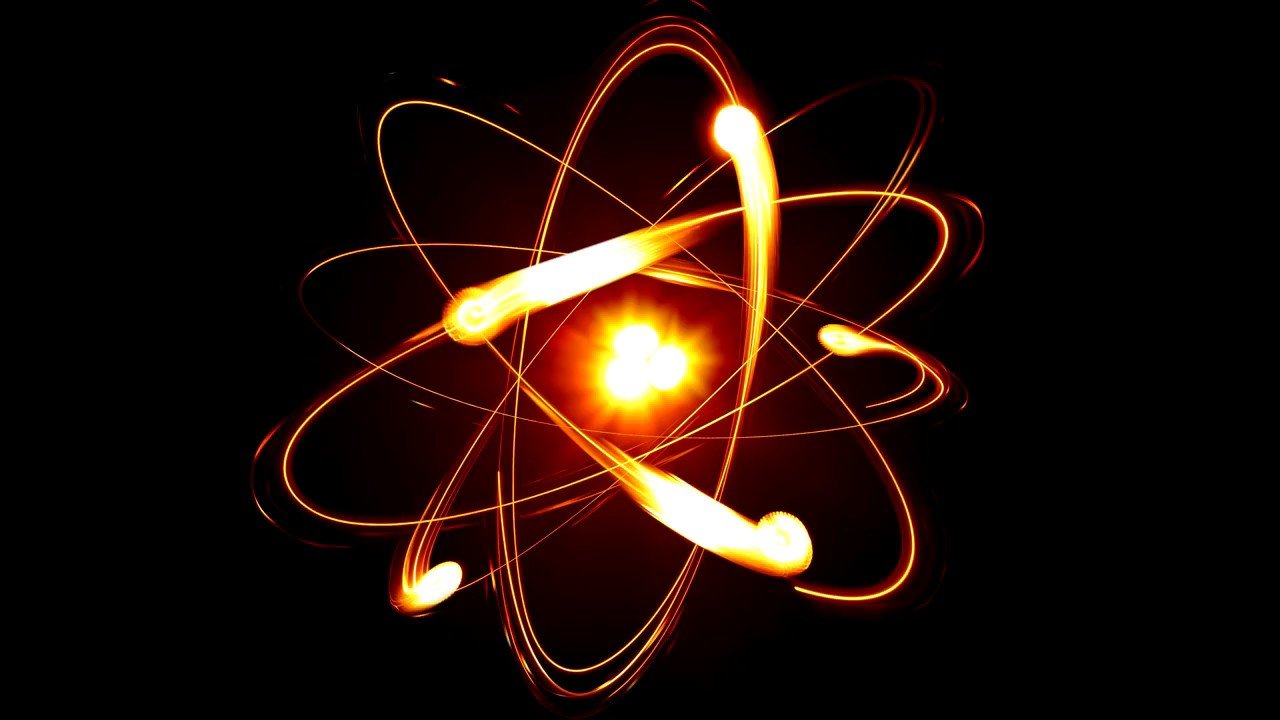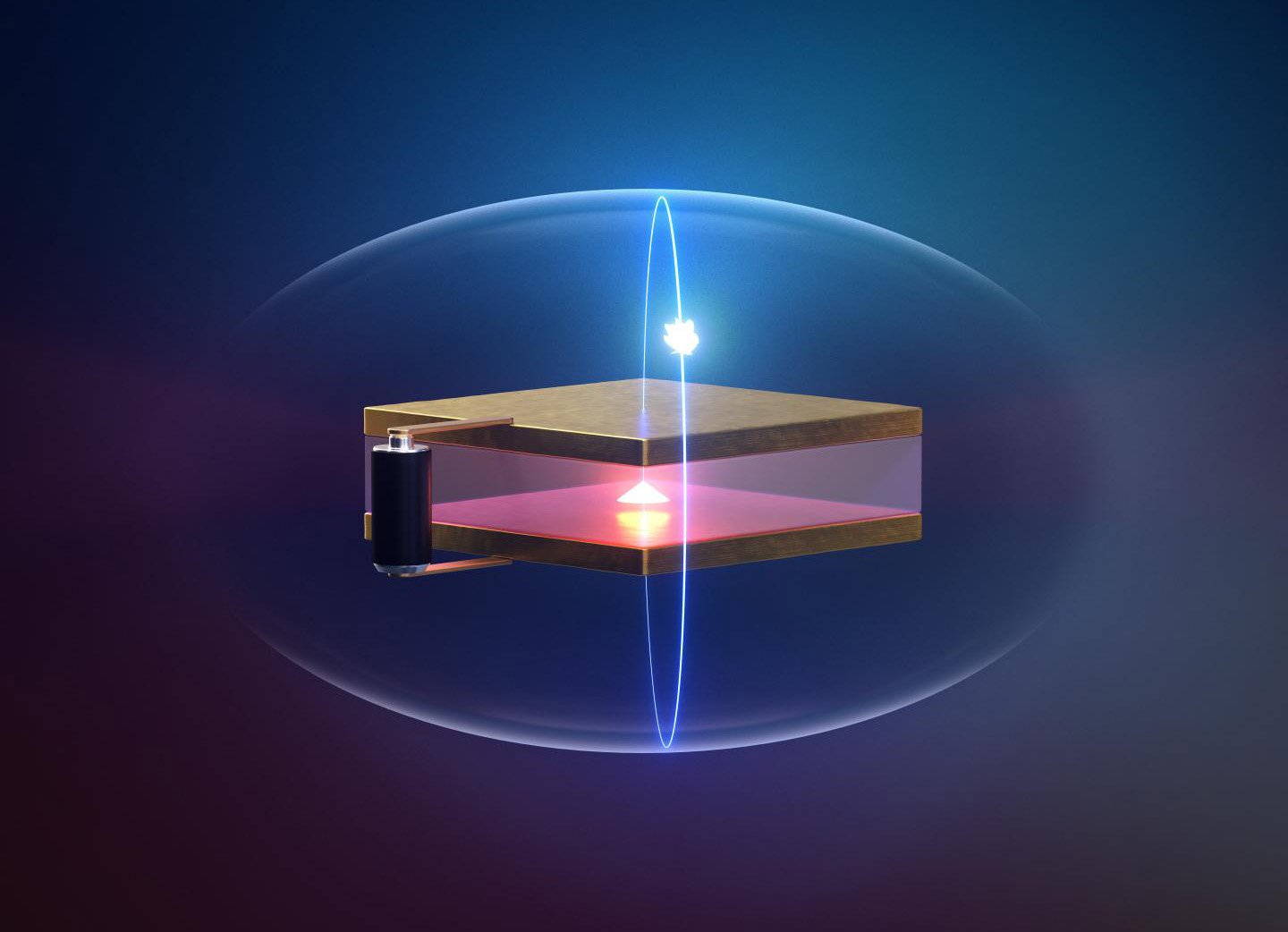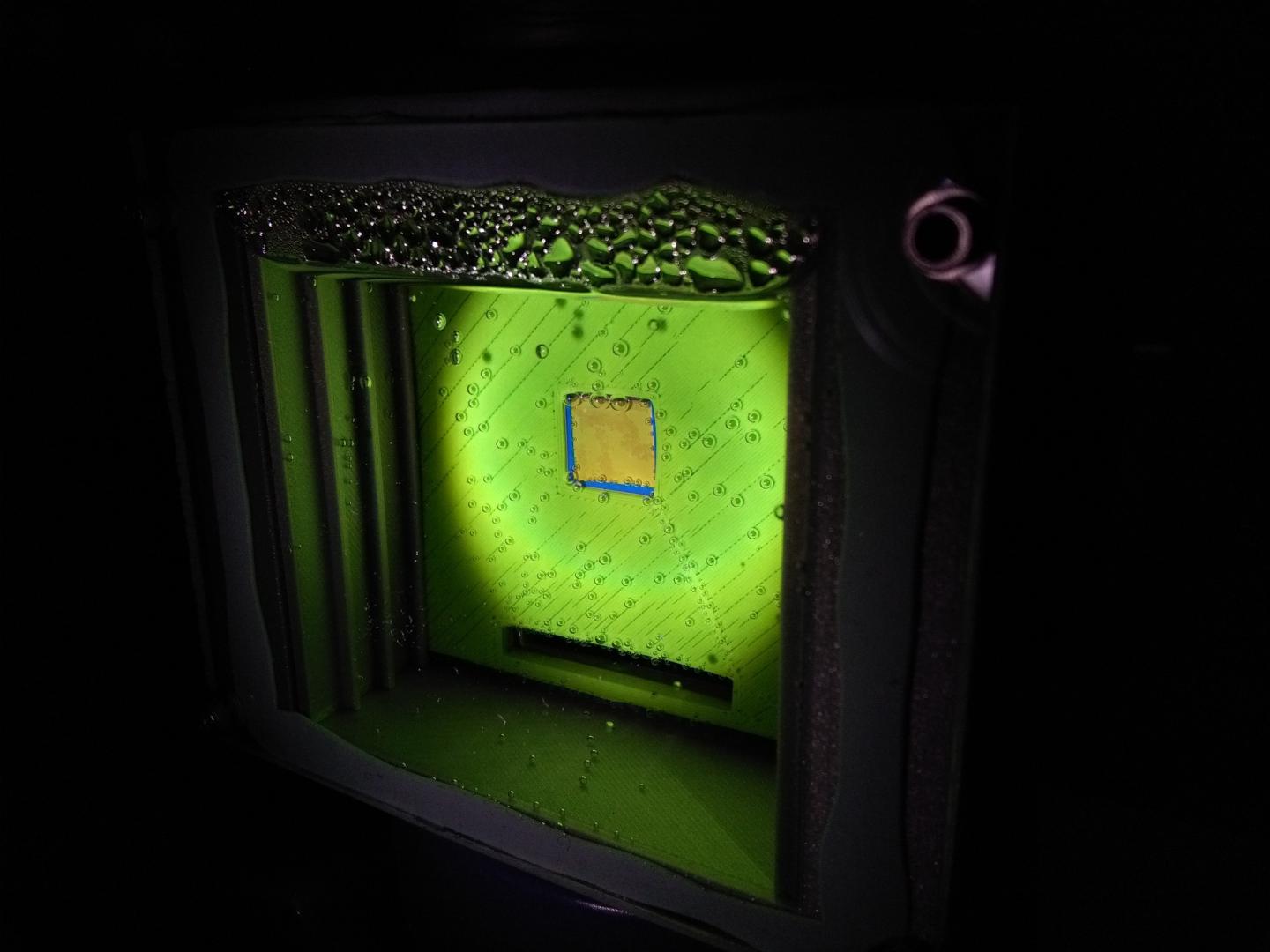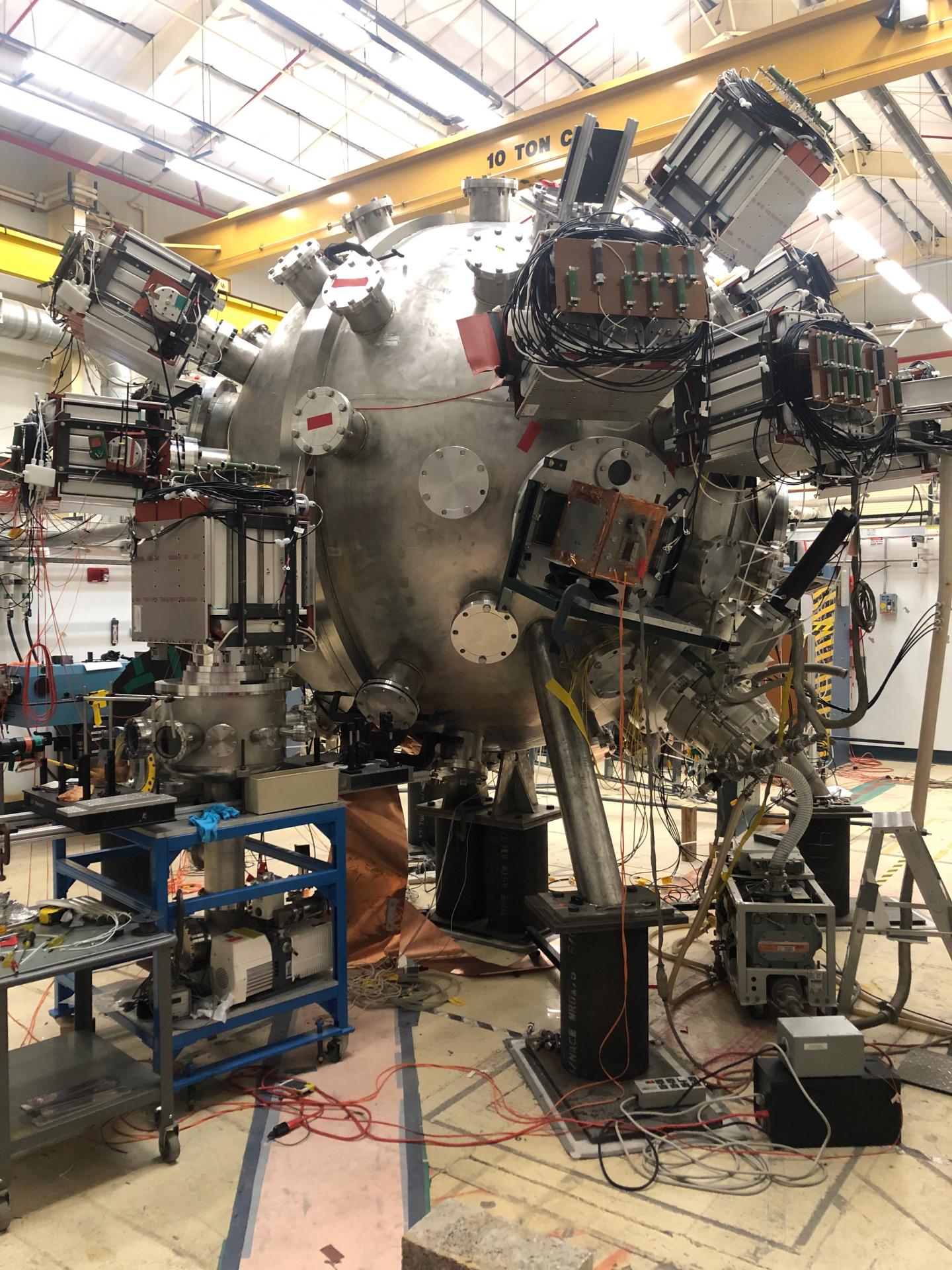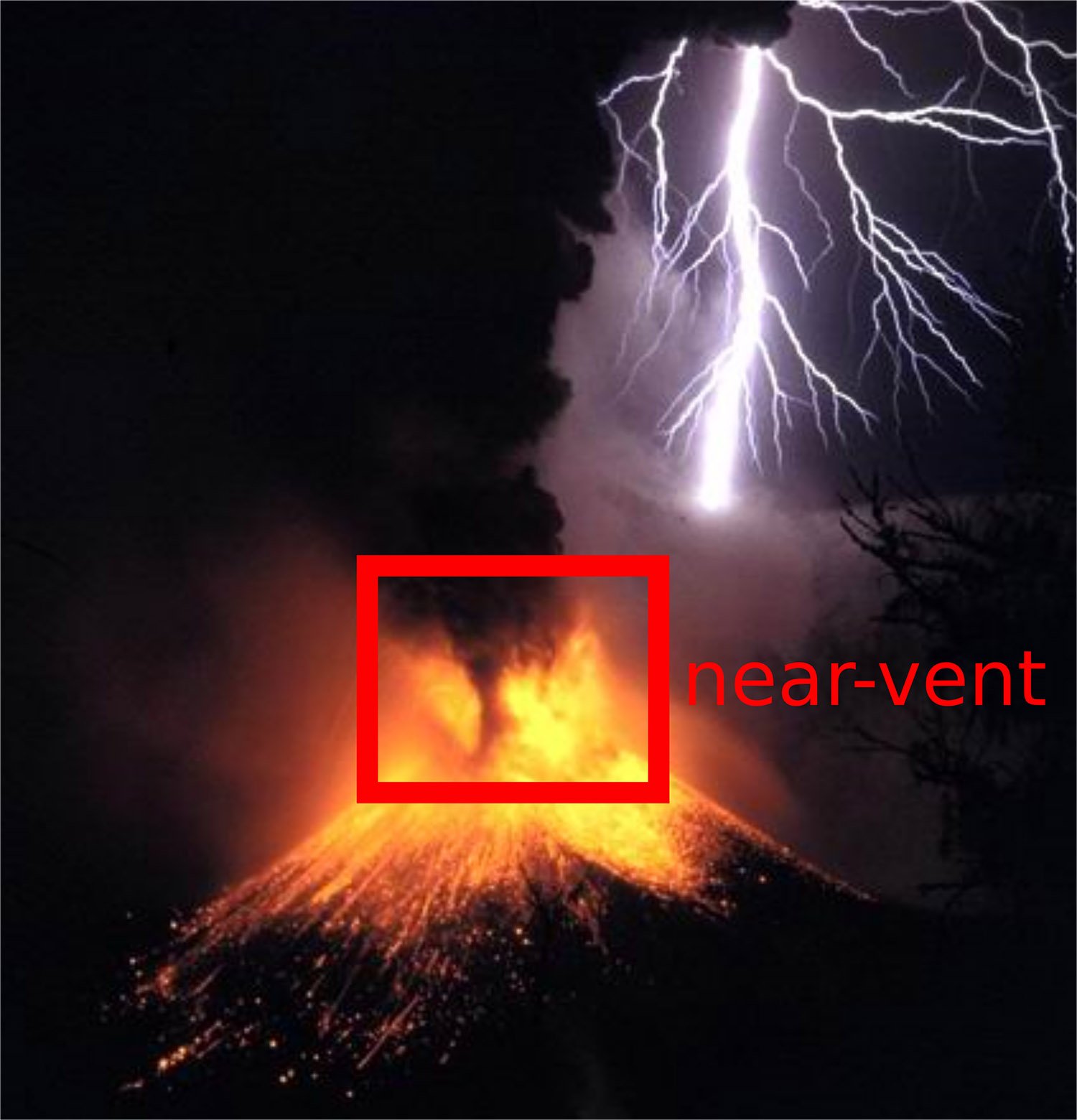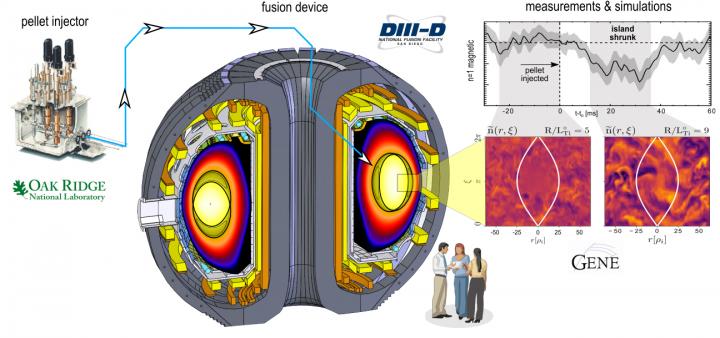Flexible, transparent and cost-effective lasers
The interest in plastic electronics and photonics has experienced a significant increase in the last decades due to the exceptional optical, semiconducting and mechanical properties of these materials. Plastic electronics, based on conjugated polymers, combine the benefits of cost-effective processability, compatible with large-area deposition for designing laser geometries of virtually any shape, not possible with … Read more

